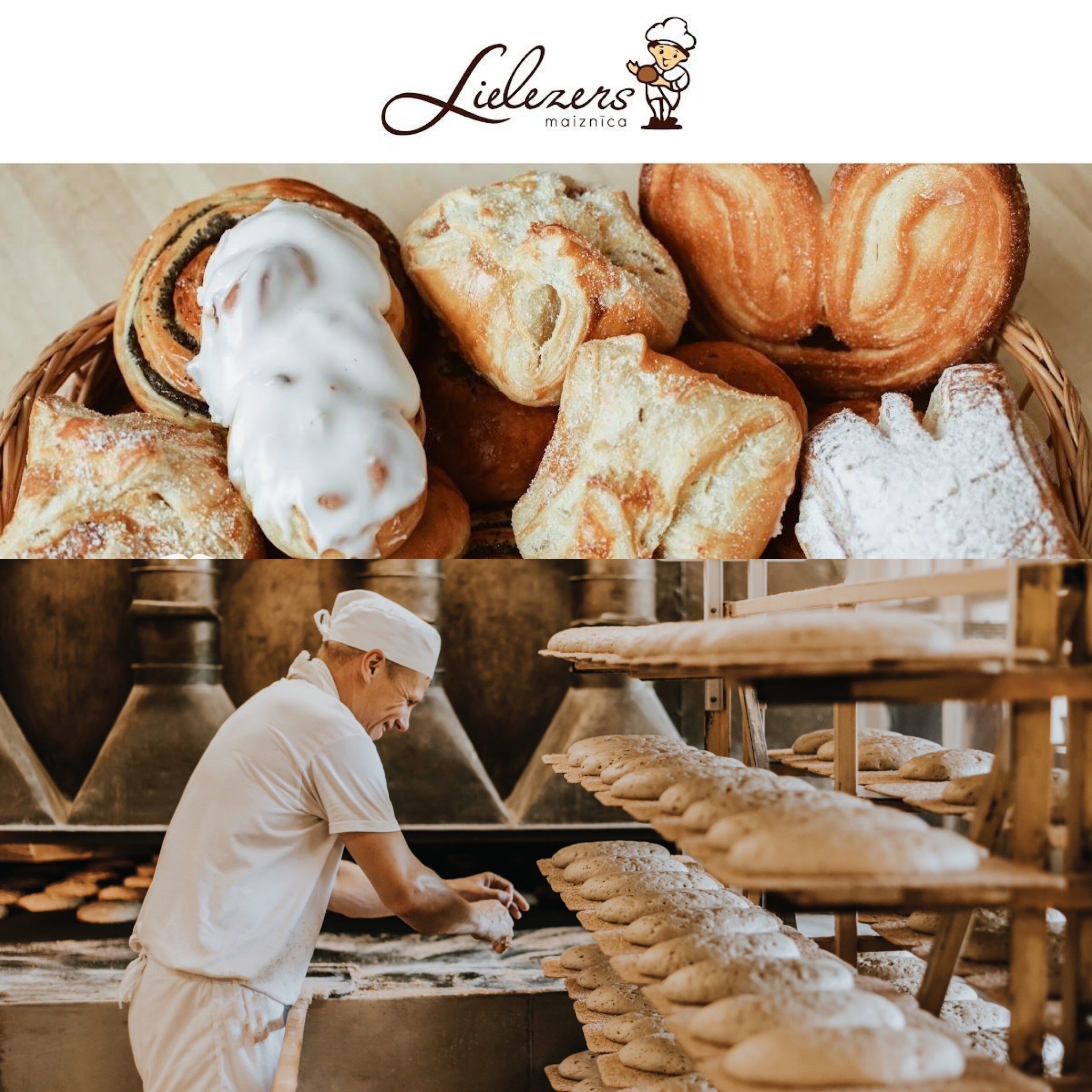When Suzy Lloyd’s craving for a ham, cheese and tomato toastie sent her down the supermarket deli aisle, she was shocked by how hard it was to buy local.
“The range was fairly small in Australian products,” she said.
“I would normally go for Australian products when I can.”
Of the 22 packaged ham products available at the shop in Toowoomba, Queensland, only four were made from Australian pork.
The retailer’s own-brand domestic ham and bacon recently vanished from shelves and online, leaving just one local bacon brand on offer.
Leaving with imported product in hand, Ms Lloyd’s experience has been replicated across the country as pork imports surge to a two-year high.
Suzy Lloyd says her supermarket’s range of Australian-grown ham is “fairly small”. (ABC Rural: Brandon Long)
Major supermarkets say there is not enough Australian supply to meet smallgoods demand.
But in the wake of a biosecurity breach that resulted in 62 tonnes of illegally imported meat and produce, the pork industry has urged consumers not to give up on it.
Pork imports at two-year high
The volume of imported bacon and ham has quadrupled since the early 2000s, according to figures from Australian Pork Limited (APL), which represents pork producers.
Imports have dominated the market, accounting for 75 per cent of supply.
Ham and bacon imports hit a two-year high earlier this year. (ABC Rural: Brandon Long)
However, they hit a two-year high in the 12 months to March this year, with 183,000 tonnes — worth about $1 billion — entering Australia.
APL chief executive Margo Andrae says consumers have noticed the change.
“A lot of customers would note that when they go into the supermarkets and go looking for ham and bacon, that the availability of Australian ingredients is not there,”
Ms Andrae said.
Margo Andrae says shoppers can check the packaging to see if their bacon and ham is Australian pork. (Supplied: Australian Pork Limited)
Retailers Coles, Woolworths and Aldi said they prioritised sourcing locally but demand vastly outstripped what domestic producers could supply.
“We source all of our fresh meat locally and where we can, the same applies to smallgoods produced by our suppliers,” a Woolworths spokesperson said.
A Coles spokesperson said “we work hard to balance [value] for our customers” with a mix of Australian and imported packaged pork products alongside a range of 100 per cent Australian fresh pork.
According to the pork industry, Australia simply does not have enough pigs to meet demand for fresh cuts and smallgoods.
In 2023, APL figures showed 466,000 tonnes of pork was produced in Australia, with 59,000 tonnes exported, and 695,000 tonnes, including imported product, consumed.
Strict biosecurity laws have meant all fresh pork in Australia must be locally sourced.
But sliced ham and bacon are often made from frozen, boneless pork imported from countries, including the US and Denmark, then processed locally.
Why not just raise more pigs?
Australia has slaughtered about 5.4 million pigs a year — about 100,000 per week.
SunPork chief executive Robert van Barneveld, who heads Australia’s largest integrated pork supplier, said increasing that number was not easy.
“To provide an extra 1,000 pigs a week costs about $50 million and takes two years, so we can’t just turn the tap on,”
Professor van Barneveld said.
“[If] only two-thirds of that is going into smallgoods, we’ve got to have a home for the other one-third.”
Robert van Barneveld says producing more pigs takes work.
(ABC News: Tim Lee)
With consumption in Australia growing about 3 per cent in the past year, Professor van Barneveld, who is also a director at the Australasian Pork Research Institute, said there was lots of demand for fresh pork and not a lot leftover.
Competition for supply
Australian Meat Industry Council chief executive Tim Ryan said competition for domestic pork was strong because everyone was drawing from the same limited supply pool.
“There certainly hasn’t been a concerted effort to reduce our utilisation of Australian pork,”
he said.
“There is a bit of competition there for what’s available, and so when that’s the case and the product isn’t there really to begin with, there is this need to supplement that with imports.”
He said it was hard to gauge if there was a shortage of Australian-grown pork in some supermarkets.
“It’s difficult to conclude what’s happening in the retail landscape,” he said.
“It’s always changing, and different retailers will put different products on and off throughout the year.
“But from an industry perspective and the types of products that we’re producing and the various ingredients that go into those products, it hasn’t fundamentally shifted.”
Tim Ryan says it is hard to gauge if there is a shortage of Australian-grown pork in some supermarkets. (Supplied: AMIC)
Support starts with shoppers
Ms Andrae urged consumers to check the label and choose local when they could to help encourage more domestic production.
“We’re not saying don’t buy ham and bacon — just look for the Australian product when it’s available,” she said.
“That helps build demand, which gives businesses and farmers the confidence to increase supply.”











